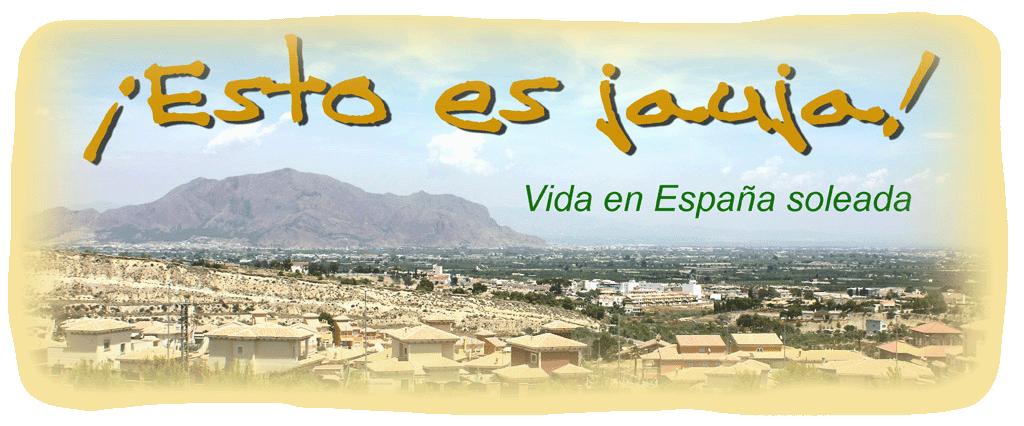 |
| The Gallos with their crop. |
Another fascinating account of life in the past by Pascual Segura.
In the middle of the last century, the south-facing parts of the bigastrenses hills were used as dryers for peppers of the variety known as ñora or bola: round, small, ripe and red in colour.
From the ñora, paprika is extracted, an essential element in the kitchen and the preparation of sausages, due to its character as a preservative and curative product. For many years paprika contributed to the food industry of towns in our region, such as Guardamar, and neighbouring Murcia.
It was a dry pepper that could be used throughout the year at times when the big red, green or red peppers were not available. The name of ñora arose from the great production of ball peppers in the cultivated areas of the town of La Ñora, very close to the city of Murcia.
The ñoras were cultivated and harvested in the bigastrense orchard. They were then transported in carts to the hills where they were left to dry on sunny days, offering the neighbours a beautiful coloured picture.
This was a job that was carried out from September, mainly by families such as the Gallos who were called to the hills with the the sound of a conch shell.
There were many conch calls throughout the day to announce that the neighbours had to go up to place the ñoras, had to add more, that they had to turn them or open them, in order to dry them well.
The last call announced the time to collect the dried peppers, normally at dusk but earlier if there was a chance of rain. Once collected, the ñoras were arranged in large warehouses, even in the homes themselves, always in a scattered manner and never in sacks, since they needed to be aerated.

No comments:
Post a Comment